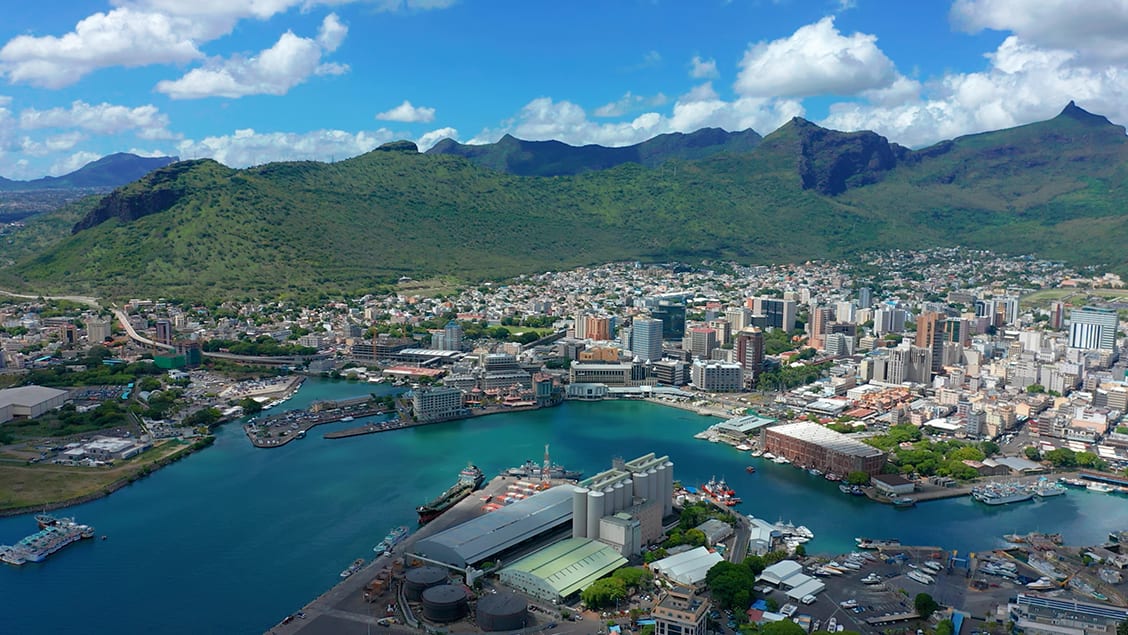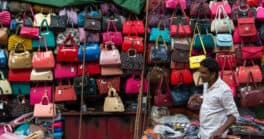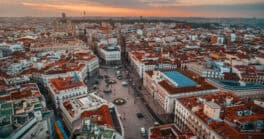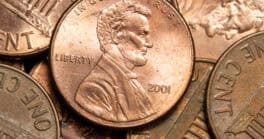The Mauritian economy is gaining strength by enticing the rich with benefits and adding value to its exports.
The configuration of Africa’s investment and wealth landscape is experiencing a drastic shift, with Mauritius emerging as the central disruptor.
Two reports give credence to this fact. The first, “Doing Deals in Sub-Saharan Africa 2023” by KPMG, shows that 14% of C-suite executives would choose Mauritius for an acquisition or investment over the next two years. The small island nation, with a population of 1.3 million, is tied in terms of percentage with Kenya and Ghana, and behind only South Africa, Nigeria and Tanzania.
The “Africa Wealth Report 2023” by Henley & Partners, for its part, asserts that Mauritius is fast becoming the preferred permanent resident for the superwealthy. Of the 1,200 high-net-worth individuals who migrated within Africa over the past decade, a larger number opted for Mauritius than any other country. In the next 10 years, millionaires in Mauritius will exceed 8,500, up from 4,900 currently, Henley & Partners predicts.
Becoming the disruptor-in-chief in Africa’s dealmaking, investment and wealth structures is no fluke. The country has been deliberate in seeking to attract the wealthy.
For the superwealthy, for instance, the Mauritius Residence by Investment program is a master stroke. An investment of just $375,000 in a luxury property grants a foreigner permanent residency in the country, which is endowed with some of the world’s most breathtaking beaches.
“Mauritius is never satisfied in terms of growth and the level of its per capita income,” says L. Amedee Darga, Mauritius Africa Business Club president. “Its ambitions are to keep pushing the boundaries.” He adds that Mauritius has continually diversified its economy, bringing with it significant socioeconomic transformation. Per capita income has doubled since 2005, to $10,545 last year.
Mauritius is again diversifying, after Covid-19 jolted the economic structure built on tourism, agriculture, trade and financial services. The country has rebounded strongly from the ravages of the pandemic. Last year, it posted 8.5% GDP growth—the fastest in 35 years—after an 11% contraction in 2020.
This year the government is forecasting 7.5% growth, at a time when most African peers in the continent will plummet to 3.3% this year from 4% last year. The upheavals have seen most countries turn to the IMF for bailouts and financing. Yet, Mauritius has not required a facility from the IMF since the mid-1980s.
Part of current growth in Mauritius is being driven by widespread realignments of traditional sectors, with an emphasis on adding value in subsectors such as sugar and fisheries as opposed to raw exports. The country is also expanding its manufacturing sector, which posted 10.4% growth in the 2022-2023 fiscal year.
Industries like textiles and apparel, animals and vegetable oils, among others, are booming. The effect is a surge in goods exports, which hit a historic high of $2.2 billion last year. Cumulatively, total exports of goods and services amounted to $7.1 billion, compared with $4.7 billion in 2021 according to Ministry of Finance data.
“The cross-cutting linkages of key sectors makes Mauritius quite competitive,” says Churchill Ogutu, an economist at Mauritius-based IC Asset Managers. He adds that a conscious push by the government to broaden economic output is bound to guarantee future prosperity.
On increasing output, Mauritius is quite ambitious. Ongoing measures include enhancing the stature of the country as an international financial center, pushing growth in information and communications technology (ICT) and real estate, building new pharmaceutical and biotechnology industries, and investing in renewable energy, among other initiatives.
As an island nation, Mauritius has barely scratched the surface in terms of “blue economy” opportunities, or economic activity associated with oceans and seas. But it is targeting new frontiers in aquaculture, maritime and logistics, marine biotechnology and oil and gas exploration.
The country’s efforts to increase the competitiveness of traditional sectors and open new economic frontiers are resonating well with foreign investors. The 2022 Index of Economic Freedom report by the Heritage Foundation ranks Mauritius as the freest and most business-friendly country in Sub-Saharan Africa.
That Mauritius is a darling of investors is indisputable. Last year, foreign direct investment (FDI) totaled $622.8 million, 50% higher than in 2021. Inflows are likely to continue after the country managed to shed off its “tax haven” image and instituted measures to combat money laundering and terrorism financing. This is critical, considering the Bank of Mauritius is gearing up to roll out its digital currency, albeit on a pilot basis, starting in November.
Mauritius has also negotiated several bilateral trade agreements, opening preferential access to a market of almost two billion consumers across the globe.
“Mauritius is a trusted country for doing business,” observes Darga, who is also the managing partner of Mauritius-based consultancy Straconsult. Apart from guaranteeing ease of doing business, investors are assured of predictability.
While investment inflows are forecast to keep growing steadily, Mauritius is also big in terms of outflows. Land scarcity, for instance, has prompted the nation’s sugar companies to invest in plantations and production in countries such as Tanzania, Kenya and Côte d’Ivoire.
Owing to labor challenges, which are exacerbated by an aging population, a number of manufacturing companies have also ventured into Asian countries, particularly India. Surprisingly, Mauritius is a big investor in India, despite its small size and distance from the Indian subcontinent. Reserve Bank of India data show Mauritius flows to India stood at $9.4 billion in the 2023 financial year.
“The removal of double taxation has shored up investments from Mauritius to India,” avers Ogutu. Trade between the two countries is also soaring, with exports to India increasing from $24 million in 2019 to $52 million last year.
Internal constraints are not the main drivers of investment outflows. For most companies, particularly those in the financial services sector—including banks, insurance companies and asset managers—the motivation is growth and pursuit of new opportunities. In May, private equity firm Shorecap joined the growing list of Mauritius firms venturing into new markets in Africa after acquiring a 20% stake in Kenyan Tier 3 lender Credit Bank.
“Expansion is boosting the profitability of these companies,” says Darga, adding that the success of Mauritian firms is giving global companies the impetus to use the country as a launching pad to the continent.
The star for Mauritius is shining bright. However, labor challenges are casting a dark shadow. Prolonged life expectancy and a low fertility rate has seen the age 60-and-older population more than double from 9% to 18.7% over the past two decades, according to WHO data. Today, 237,000 people are over 60 years old.
A biting labor shortage has forced the government into action, with Finance Minister Renganaden Padayachy admitting that, without opening its economy to foreign talent, Mauritius will not be able to sustain high levels of growth and develop new sectors.
Part of the solution includes reforming the nation’s migration policy to simplify the recruitment process for businesses seeking to hire foreigners and streamlining the issuance of occupation and work permits. The country is also determined to boost the participation of women in the job market. Currently, only 43% of the adult female population is actively employed.
Mauritius has control over labor issues. However, it has little or no control over external shocks and natural disasters. The twin risks pose the biggest threats to long-term prosperity. According to the World Bank, the country experiences direct losses of $110 billion on average from tropical cyclones and floods annually.




